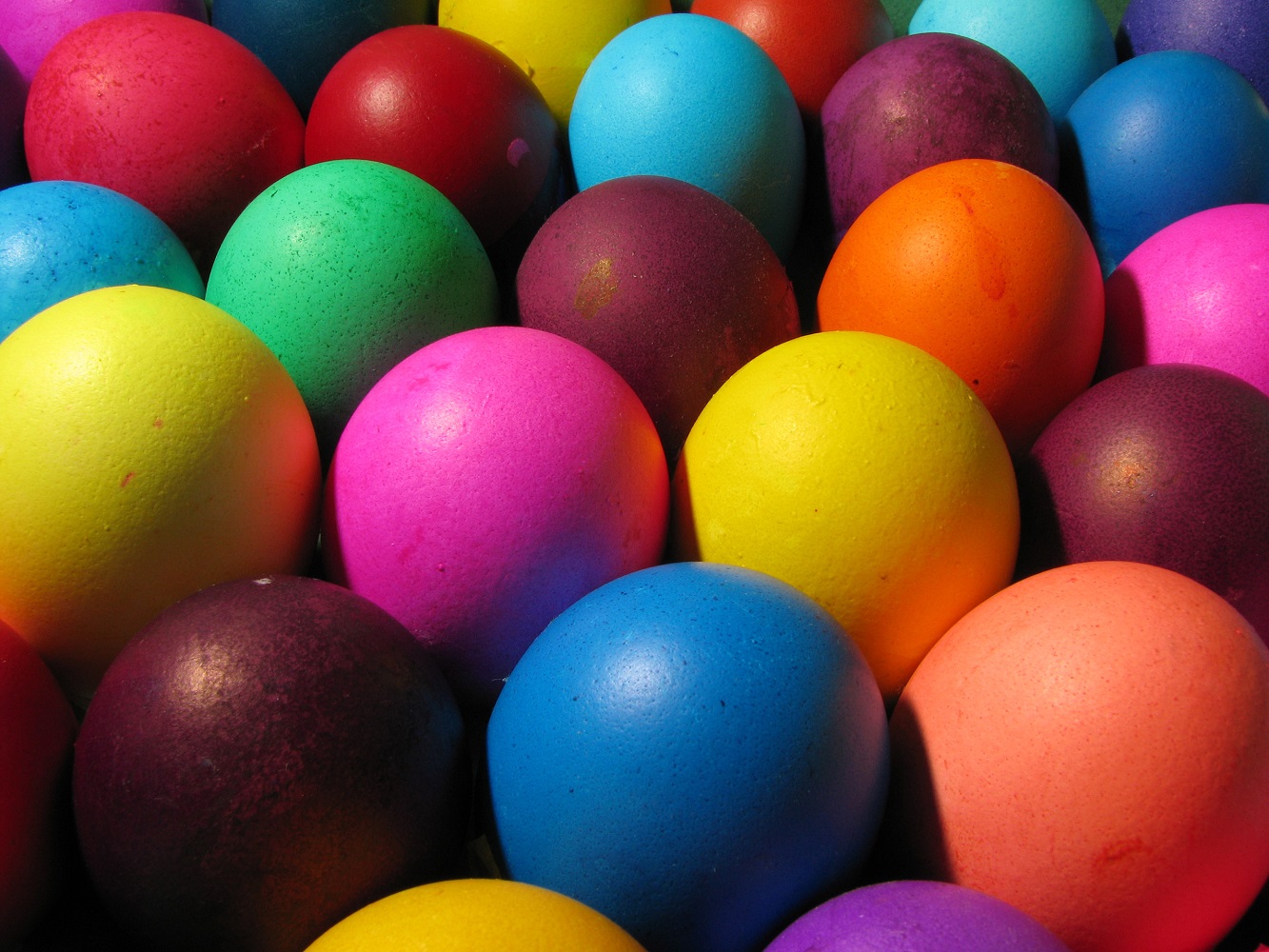 The incredible, edible egg: All you wanted to know, & more
The incredible, edible egg: All you wanted to know, & more
Editor’s note: As mentioned in previous issues, we frequently hear from readers who miss the postings of our longtime Discerning Diner, who several years ago moved on to a career as editor of a national magazine. However, especially on the occasion of special holidays, we can’t help but reprint the columns that were so eagerly received—and now are so universally missed.
Growing up, it never occurred to me that Easter eggs might serve some edible function. My family was (and is) what I like to refer to as “germ-conscious,” what someone else might call borderline obsessive-compulsive.
Eggs were thought of as small grenades of salmonella. To eat an egg that was raw or undercooked (in mousses, mayonnaise or Caesar salad–even, alas, in cookie dough) was to play fast and loose with life itself.
To eat an egg that had been outside of refrigerated containment for more than an hour, nestled in grass that lodged microbes too numerous to conceive…well, that was anathema.
Our ancestors, of course, shared neither these concerns nor the affluence that permits their indulgence. The Easter egg tradition began in the 15th century, when the eggs that were forbidden to Christians during Lent were collected and saved for Easter.
They were dipped in fat or wax to preserve them, colored and decorated to make them more appealing. Can you imagine? Not just an hour without temperature-controlled, artificial refrigeration, but 40 days. It rather puts things in perspective, but I don’t think I’d like to eat those eggs, either.
The fact is, although eggs have a remarkably long shelf life, they’re best eaten fresh. Eggs can be months old by the time you buy them at a supermarket, so check the sell-by dates closely, and don’t buy more than you’ll use in a week.
If you have a source for fresh farm eggs, exploit it, because these eggs are wonderful, really. The difference in quality is obvious. Barring that, I like to buy organic and/or free-range eggs. Unfortunately, these can get expensive; the Whole Foods brand is a good bargain, and with a store at Baseline and Rural roads, only a vow of poverty should stand in the way of their purchase.
Few things in this world compare to a fresh, freshly hard-boiled egg—provided, that is, that you do it up right.
A properly hard-boiled egg is a pleasure, with a silky-smooth white and a moist, creamy yolk. It is truly gourmet food, and in fact, I recently had such an egg at Chez Panisse, the celebrated restaurant in Berkeley, Calif.
Overcook this same egg, however, and its white turns rubbery, its yolk, chalky and gray-green. This is your standard Easter egg, your standard cafeteria-salad-bar egg, and there is little to recommend it. Yet nothing stands between the two eggs but time and technique.
Fortunately, it’s easy to make a good hard-boiled egg.
Use a pan large enough to hold the eggs in a single layer, covered with an inch of cold water. Bring the whole thing to a boil over high heat, then remove the pan, cover it and let it sit: 10 to 12 minutes for a rather wet yolk, 14 to 16 minutes for a rather dry one.
I like a “12-minute egg,” unless I’m making egg salad, where wet yolks are a liability. These times, by the way, are for elevations found in our conjoined Tempe/West Chandler community; at higher elevations, say during a summer holiday in Flagstaff or Pinetop, let the eggs sit longer.
When time’s up, immediately transfer the eggs to a bowl of ice water so they’ll stop cooking.
(I get a laugh every time I write this line, recalling one grammatically flawed recipe that advised: “Remove the eggs and plunge into a bowl of ice water.” This technique somehow seems to be asking for trouble, particularly if you’re one of those people who catches cold easily. But I digress.)
Next comes the tricky part: peeling the eggs. I use a technique that I learned from Cook’s Illustrated, a wonderful magazine and cookbook series.
Tap the egg all over to crack its shell, then roll it gently back and forth on the counter. Now begin peeling from the air pocket end. The shell should come off in spiral strips. Does this work every time? No. But a little mayonnaise, a little salt, a little lemon juice and some capers–my standard egg salad ingredients, adjusted to taste–should take care of any disasters.


